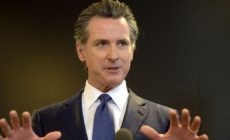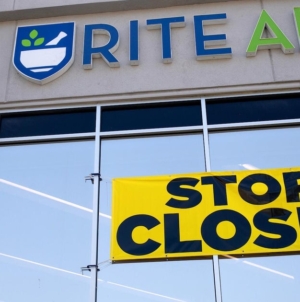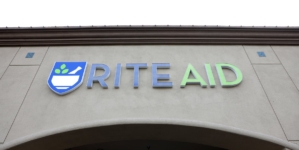-
Jonathan Taylor rushes for his third TD of the game, extending Colts' lead over Raiders | NFL Highlights - 15 mins ago
-
Stewart Cink Throws Hat in Ring for 2027 U.S. Ryder Cup Captain - 24 mins ago
-
Newsom to seek court order stopping Trump’s deployment of California National Guard to Oregon - 51 mins ago
-
Daniel Jones finds Michael Pittman for four-yard TD, extending Colts' lead over Raiders | NFL Highlights - 58 mins ago
-
Dillon Gabriel Delivers Challenge to Browns Teammates After Vikings Loss - about 1 hour ago
-
Daniel Jones connects with Tyler Warren for 11-yard TD, giving Colts lead over Raiders - 2 hours ago
-
How to Watch Phoenix Mercury vs Las Vegas Aces: Live Stream WNBA Finals, Game 2, TV Channel - 2 hours ago
-
‘Can I just be a kid?’ Students shaken by immigration raids seek help from school counselors - 2 hours ago
-
ICE ordered to release man from 24/7 guard after leg break %%page%% %%sep%% %%sitename%% - 2 hours ago
-
Tom Brady praises Steelers' Aaron Rodgers playing into his 40s: "He's a surgical passer" - 2 hours ago
U.S. consumer sentiment drops to lowest point since May
Consumer sentiment continued to slide in September, falling to its lowest point since May, as tariffs seep into product prices and Americans start to spend more cautiously.
The University of Michigan’s preliminary September sentiment index, released Friday, declined 4.8% to 55.4 from 58.2 in August.
“Consumers continue to note multiple vulnerabilities in the economy, with rising risks to business conditions, labor markets, and inflation. Likewise, consumers perceive risks to their pocketbooks as well,” Joanne Hsu, director of the Surveys of Consumers at U. of Michigan, said in a statement.
Tariff policies are top of mind for many Americans, too, she said, noting that about 60% of consumers raised the topic in interviews.
Inflation expectations for the year remained steady at 4.8%. Consumers’ long-run inflation expectations, however, rose for a second straight month to 3.9% in September, according to the survey, as consumers become aware of “what tariffs mean for them,” High Frequency Economics analysts said in a research note.
A separate U. of Michigan report on trade policy and consumer spending found that most U.S. adults plan to spend less on goods that are subject to tariff-related price hikes. Just 24% of consumers surveyed said they expected to spend as usual on items that have large price increases, according to the August report.
“The corrosive uncertainty surrounding tariffs, other economic policies and immigration, continues to weigh on consumer sentiment, High Frequency Economics analysts said in a research note. “Rising consumer prices and the reality of the consequences of tariffs are just starting to be felt by consumers. They are saying, ‘Ouch!'”
Sentiment declined most among low-income households, who are most vulnerable to the effects of tariffs, which are a regressive tax. Such households “won’t benefit from recent equity gains and will feel the sticker shock of tariffs most acutely,” Oxford Economics analysts said in a research note. “We expect tariffs and fiscal policy changes will widen the bifurcation of American consumers.”
Source link































